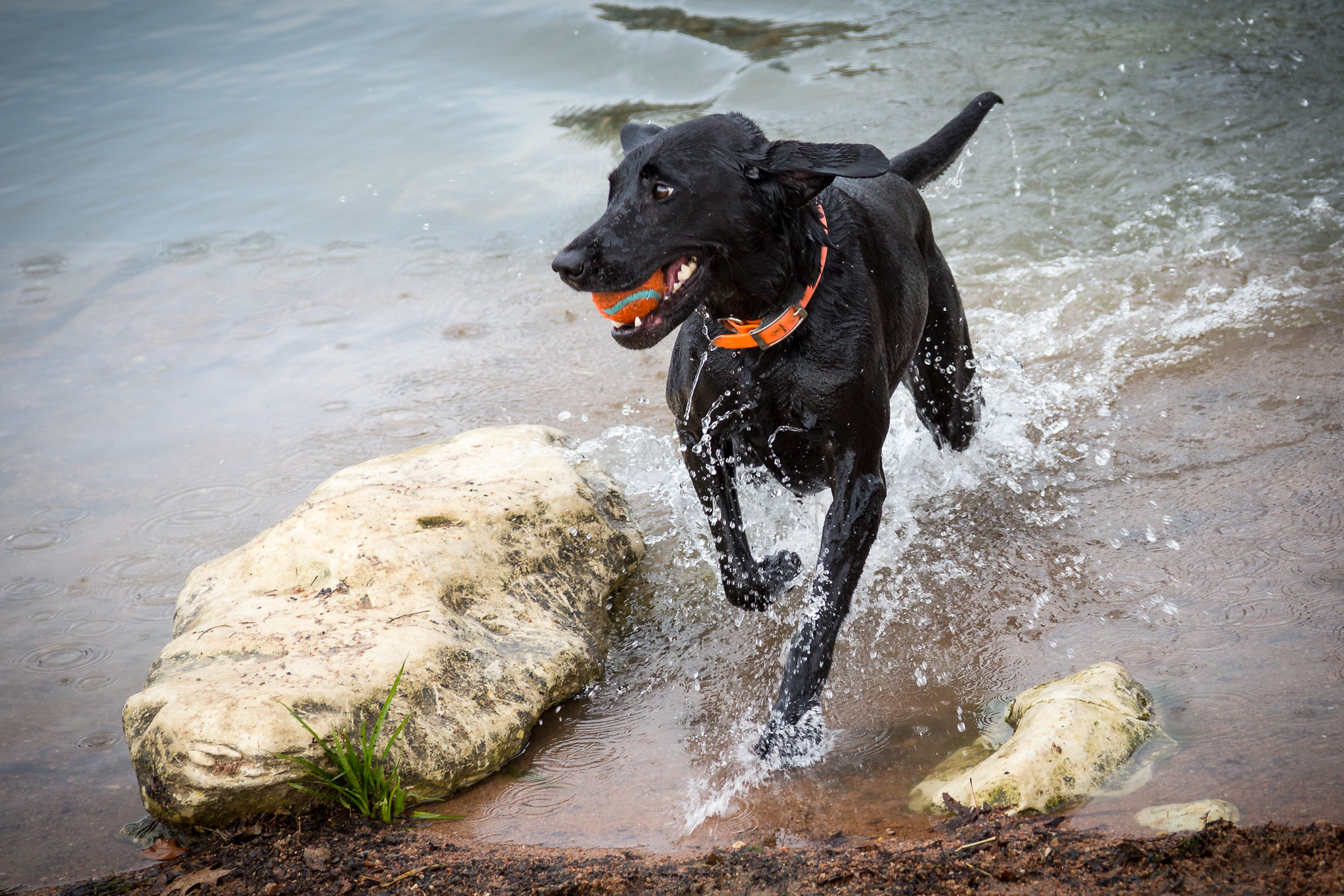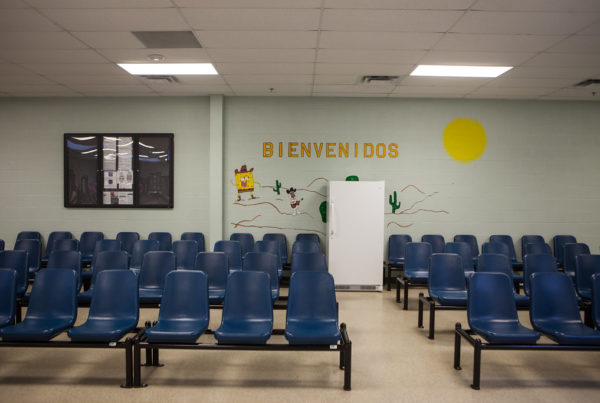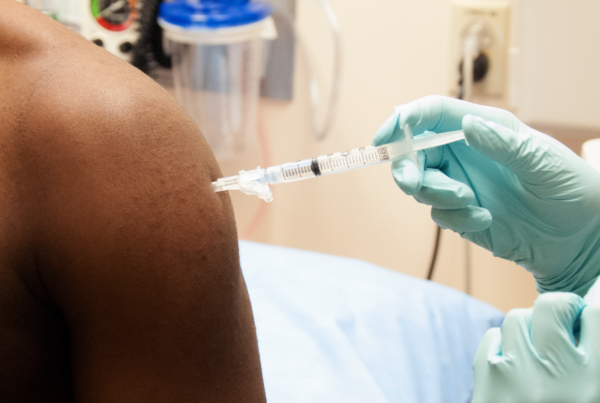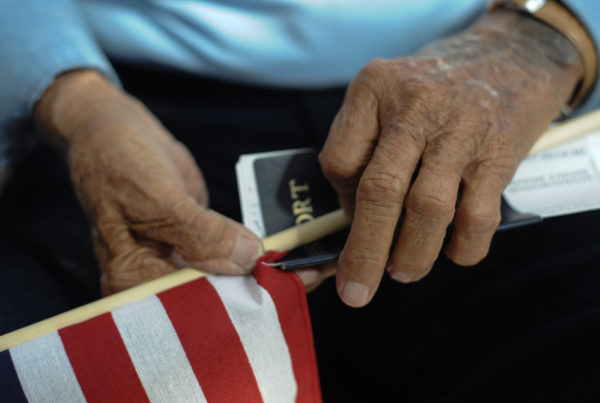Lady Bird Lake, the recreational reservoir on the Colorado River that runs through the middle of downtown Austin, is still off-limits to dogs after four have died. Officials believe their deaths were caused by exposure to toxic cyanobacteria produced by blue-green algae while they were swimming at Red Bud Isle, a popular dog park on the lake. But with little rain, and very hot days (which can contribute to more algae, which then attracts more cyanobacteria) the city of Austin says the lake is not yet safe for dogs.
But Austin isn’t alone. Bodies of water elsewhere in the country are having algae blooms, and dog deaths as a result.
Todd Sink is an aquaculture specialist at Texas A&M’s AgriLife Extension Service, and director of its Aquatic Diagnostics Laboratory. He says the toxic bacteria thrive in hot areas with little rain, which is causing problems in Austin and elsewhere.
“Cyanobacteria really thrive during the warm, hot months of the year in which there isn’t a lot of fresh water flushing these systems out,” Sink says. “We have a high evaporation rate due to the heat, and so as the water evaporates it leaves the nutrients behind where they become concentrated in the water. And that creates the conditions that are ripe for blooms of these harmful organisms.”
What you’ll hear in this segment:
– Why toxic algae blooms are prevalent during summer
– How to protect your dog from being poisoned by the cyanobacteria
– How urbanization contributes to algae blooms
Written by Marina Marquez.















